The Fall Onion and Garlic Planner
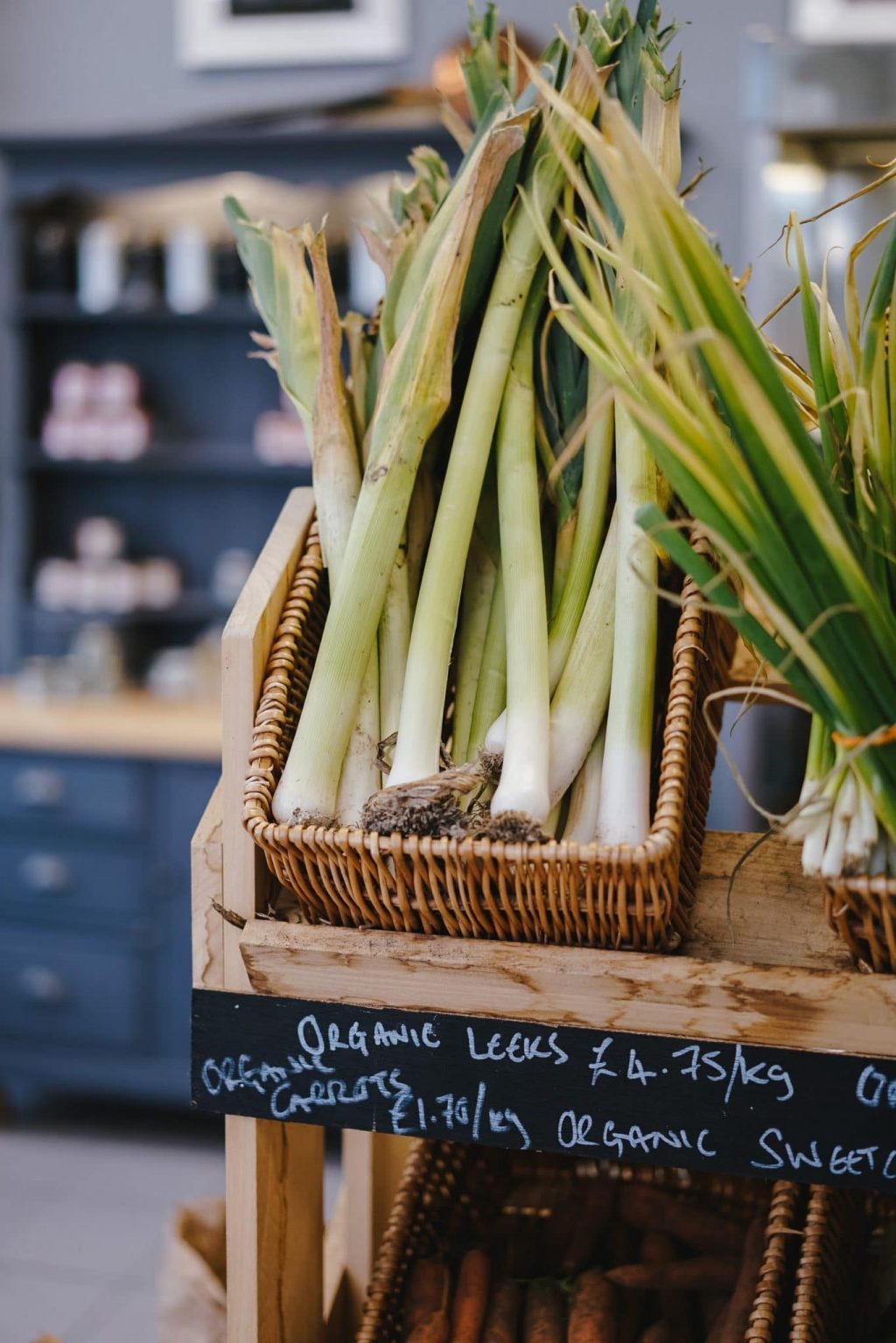
We are a reader supported blog and this page may contain affiliate links. When you buy something through our links we may earn a small commission.
[DEAL] Emergency Survival BlanketGet Cheap Security →
Onions are found in practically any type of cooking. They can have a big range of flavors. In our household, a lot of recipes start with chopping an onion. On top of having a lot of flavor, onions and garlic offer some great health benefits.
Matt and I really love our alliums. From little green bunching onions to leeks and shallots, we are planning on growing them all! We have some onions already planted but it is time to think about what to plant for Fall and Winter gardens.
The Fall Onion and Garlic Planner
Leeks
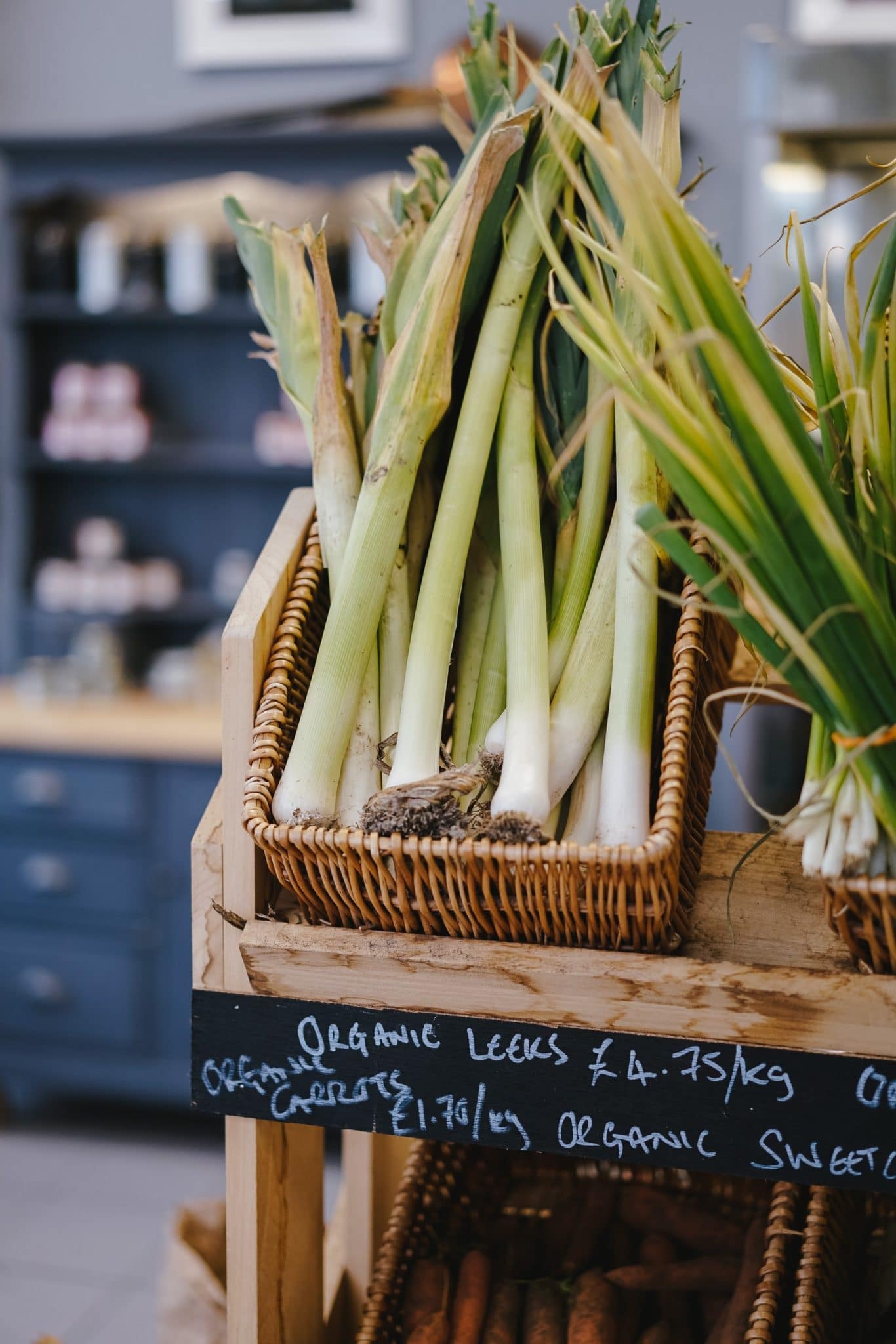
Giant Musselburgh Leeks are a German variety that does very well during the winter months. We have a few planted now. These leeks will get very large if you let them and they winter over quite well. Leeks look like a giant bunch onion. We have grown them numerous times in our lives and I used to sometimes buy them at the grocery store but at $3 per bunch, they are one of the more expensive onions in the store. Shallots are the only onion that costs more and that is largely because they are imported from Holland or similar more often than not.
Leeks make an excellent soup especially when combined with mashed potatoes and maybe a little butter, spices, and parmesan. You can dry them if you slice or dice them up and put in the dehyrator.
Shallots

This is an onion that you will find in many fancy recipes. They are delicious when sauteed to the point of caramelization. While they cost $4 an lb at the grocery store in my area, they are not particularly hard to grow and they are an excellent addition to any garden, especially if you tend to like red onion varieties.
Shallots have some temperature guidelines like any onion. They mature in 60-120 days after planting. Like garlic, they are typically planted in the fall or even early winter when temperatures are right. While they will grow in soil temps that range from 32-90 F, they need 30 days of temps in the 30-50 F range right after planting.
Some people do plant shallots in the Spring with success. You just have to be sure that you get that required initial temperature period. Check the average temps in your area and plan accordingly even if you have to buy your seed stock at odd times.
1 lb of shallot sets will plant a 20 ft row. Shallots generally need to be placed 6-8″ apart. Rows should be 10-12″ apart. Shallots spread a lot when they grow so they need more space than garlic.
Peaceful Valley Farm Supply has the best deal I have found on organic shallot sets. At the moment they have a good sale going on too.
Note: It is essential that shallots have good drainage. They will rot in the ground if they do not. This is one of the most common problems aspiring growers have. If your soil is too heavy then you need to add some other organic matter and sand to improve drainage.
Egyptian Walking Onions or Tree Onions
These are a very strange type of perennial onion. While they cost a little to get started, they will provide you with many onions over the years and you can save the bulbs and sell the seed stock or expand your onion beds indefinitely. The video below explains more about these unique onions. You can also check out this site for even more details.
Bunch Onions
The Green Bunching Onion is perhaps one of the easiest onions to grow. They are prolific and you can keep a bed going indefinitely with little care. Keeping your bed weeded and just harvesting the tops most of the time will ensure a steady supply even if your bed is fairly small and you start from seed.
I strongly recommend planting some bunching onions in a container even if you are short on gardening space.
Garlic
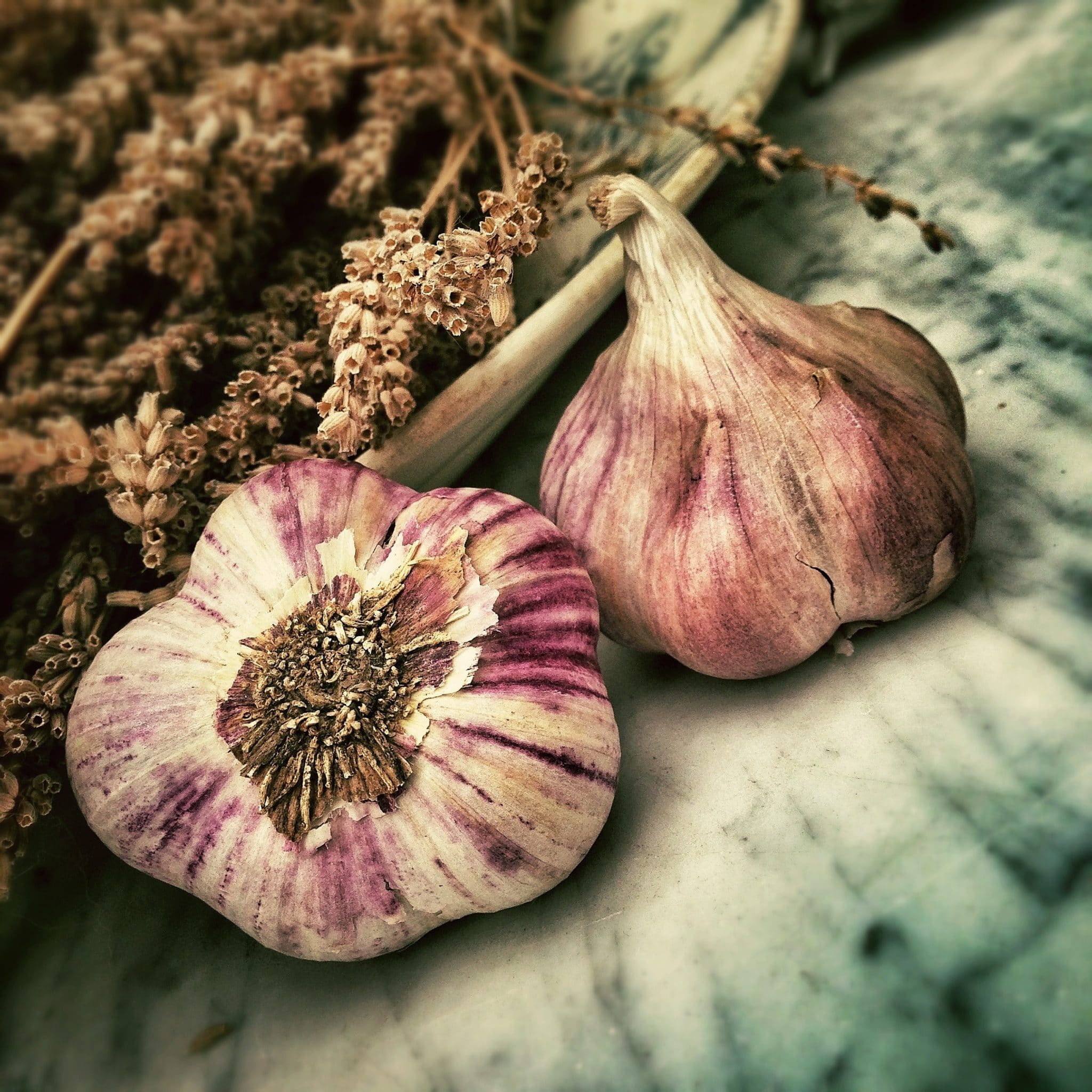
I must warn you that due to a variety of factors, a lot of seed garlic has already been reserved. The selection is dwindling so if you want to grow garlic this fall and winter, you need to reserve it now. That being said I have used garlic from the grocery store to plant a bed. It is not as good as premium seed garlic but will work in a pinch especially if you can manage to find a place that will sell you bulbs by the pound and not per bulb.
One reason that seed garlic is so expensive is that growers are selecting the best of the best to sell you as seed stock. That takes time and dedication hence the price. Also if you get garlic started as long as you save some for seed next year you will not have to buy it again unless you have a major disaster in your garden.
If you have always hated peeling a lot of tiny cloves, I recommend getting a variety that only has 6-8 cloves per large bulb. Most seed garlic growers have excellent descriptions that will help ensure you get a garlic that performs well in your area.
Hardneck Garlic
This category of garlic tastes more like wild garlic and offers a greater range of flavors. It is important to read the fine print when deciding what type of hardneck garlic you should plant. Some do better in hot climates than others for example. The taste is a measure concern because it can range from mild and flavorful to very hot and spicy. Spanish Roscambole is popular culinary garlic in the hardneck garlic family.
If you cannot grow this variety in your area there are very similar garlics that I bet will work for you. If you like to cook and have always wanted to try different types of garlic but could not justify the high cost of ordering specialty garlic, then consider growing multiple varieties of hard neck garlic for your cooking needs.
Softneck Garlic
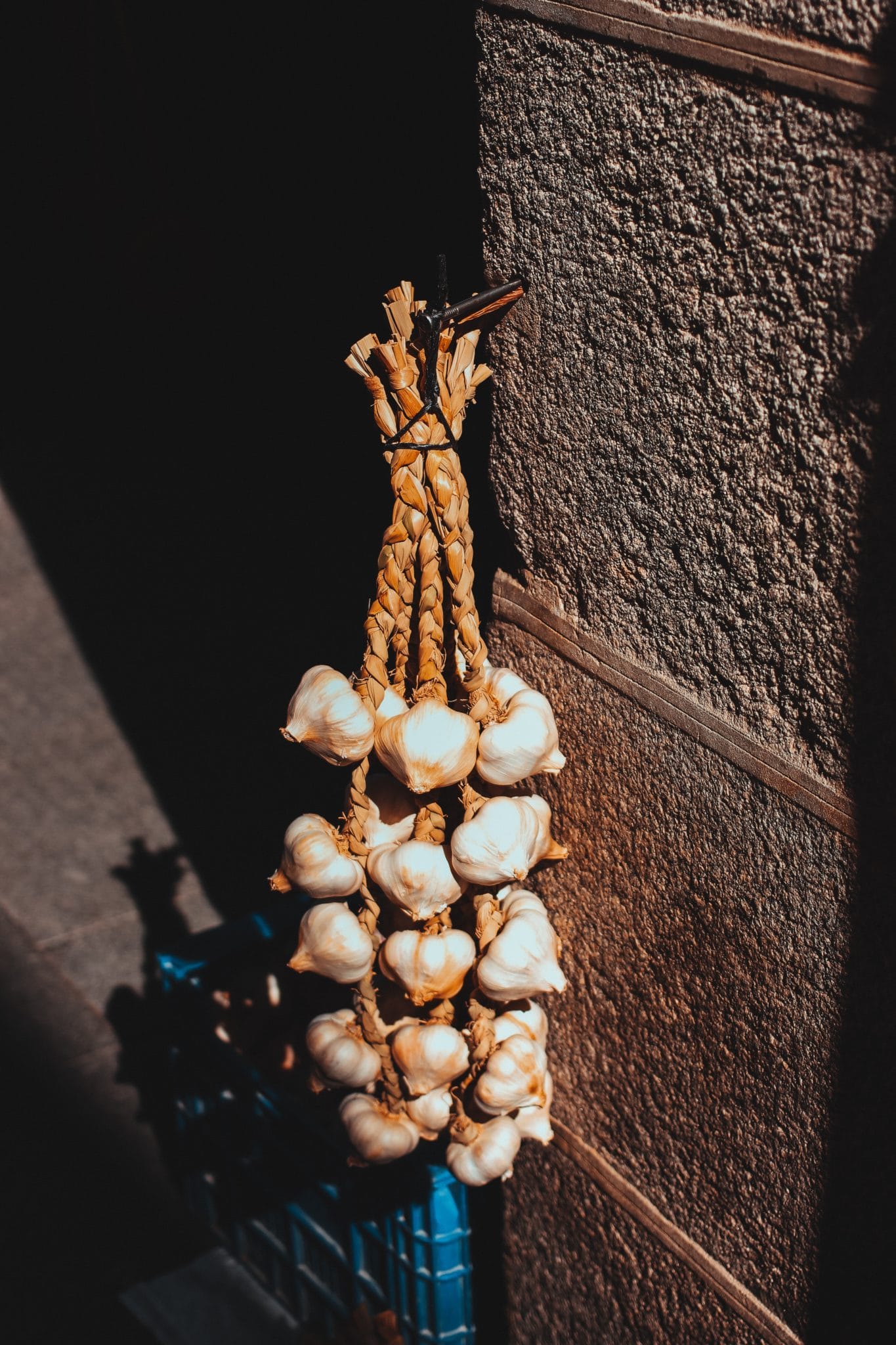
The garlic that you typically get at the grocery store is softneck garlic. It has an excellent scape on it that can be utilized to form attractive garlic braids. If you have only had grocery store garlic, then you are used to eating softneck garlic. It tends to keep slightly better than hardneck and it is easier to braid.
The Joy of Garlic Scapes
Garlic scapes are so darn tasty! The scape is the green part that grows above ground. You can harvest some of these without damaging the production of your garlic. They are very good in salads and pasta dishes. Try them with chives in mashed potatoes.
Where To Get Seed Garlic
Be careful of seed garlic prices that are too good to be true. It does not pay to start out with low quality stock. It is always good sign when a place guarantees that bulbs will sprout.
Personally I feel that it is best to purchase directly from the grower if at all possible. Since we have not grown garlic in many years, we have to invest in good seed stock this year and keep it going. I found Crater Lake Garlic Farm by searching around online. They impressed me with their large selection and very informative website.
Other garlic farms include Filaree Garlic and Mad River Garlic Growers. You might want to search around a bit due to the low availability of some varietals.
Seed garlic does not ship out until September at the earliest. Your grower may stagger shipping based on the location you are in. Garlic requires cooler temps to start sprouting. So if you are in the South like me, you might not get your garlic in the mail until October while your Northern friends may receive theirs in September.
Chives
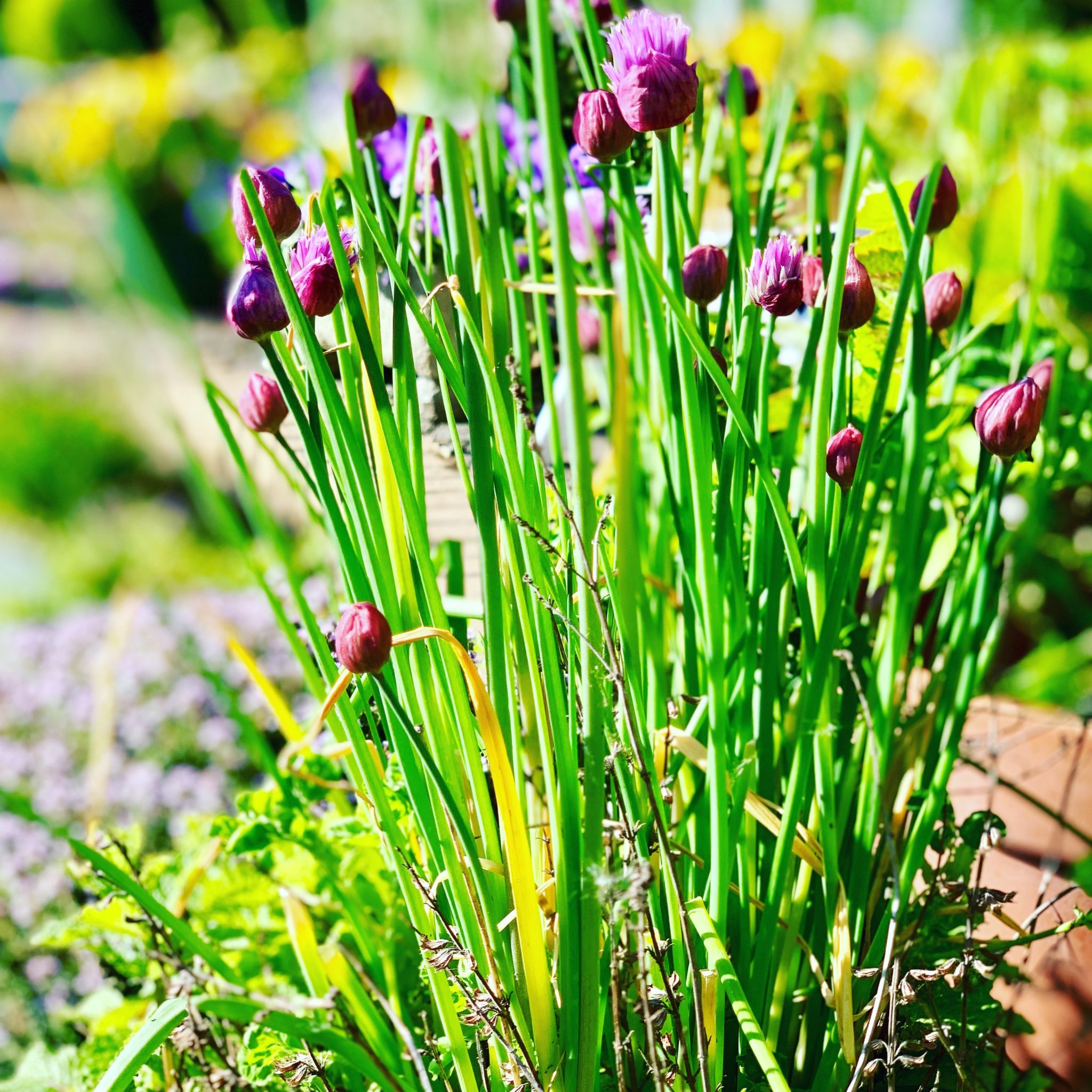
Buying dried chives is way more expensive than you might realize especially considering how darn easy they are to grow. For part of the year, they are found tasty and wild in our area so they essentially cost no more than the time to pick them and dry them.
Chives are a great thing to grow in container gardens or window boxes. You can grow them year round inside.
I will take a step back though and say that chives are really only super expensive if you buy them in the small shaker spice bottles. If you buy them in a 1 lb bag and repackage and vacuum seal them you can have a lot of them on hand for not much money. When I do this I buy Frontier Organic Chives and I wait until there is a good sale at one of the online health food stores like Vitacost.
Any seed company should have chive seed available. You may even be able to buy a plant at your local grocery store.
Some onions grow better at various latitudes but there is a bit of overlap. Onions need a minimum number of daylight hours to bulb.
Short Day Onions
- Suitable for the most Southern latitudes in the USA.
- Start to make onion bulbs when total daylight hours reach 10-12 hours.
- Mature in 75-110 days depending on the time of year they are planted and the latitude.
- Grow well at 25-32 degrees latitude
Indeterminate Onions
- Suitable for middle latitudes
- Start to make onion bulbs when total daylight hours reach 12-14 hours.
- Mature in 110 days on average
- Produces very nice large bulbs. While there is a big range that these onions will grow in, they do not do as well in extreme Southern climates like Southern Florida or Texas.
- Grow well at 32-42 degrees latitude
Long Day Onions
- Most suitable for Northern climates.
- Start to make onion bulbs when total daylight hours reach 14-16 hours.
- Excellent storage onions
- Grow well at 37-47 degrees latitude
Starting onions from seed is possible and might be worth it to you but for a quick start, I recommend getting some starts that are ready to put in the ground.
If you like to grow different types of onions then starting some from seed might be a good thing. Seeds are often available for odd varieties when starts are not to be had. You may even want some seeds for common varieties too. I can get onion seed right now but not starts. You can use the seed to grow your own starts for transplanting later in the year too.
Pearl Onions
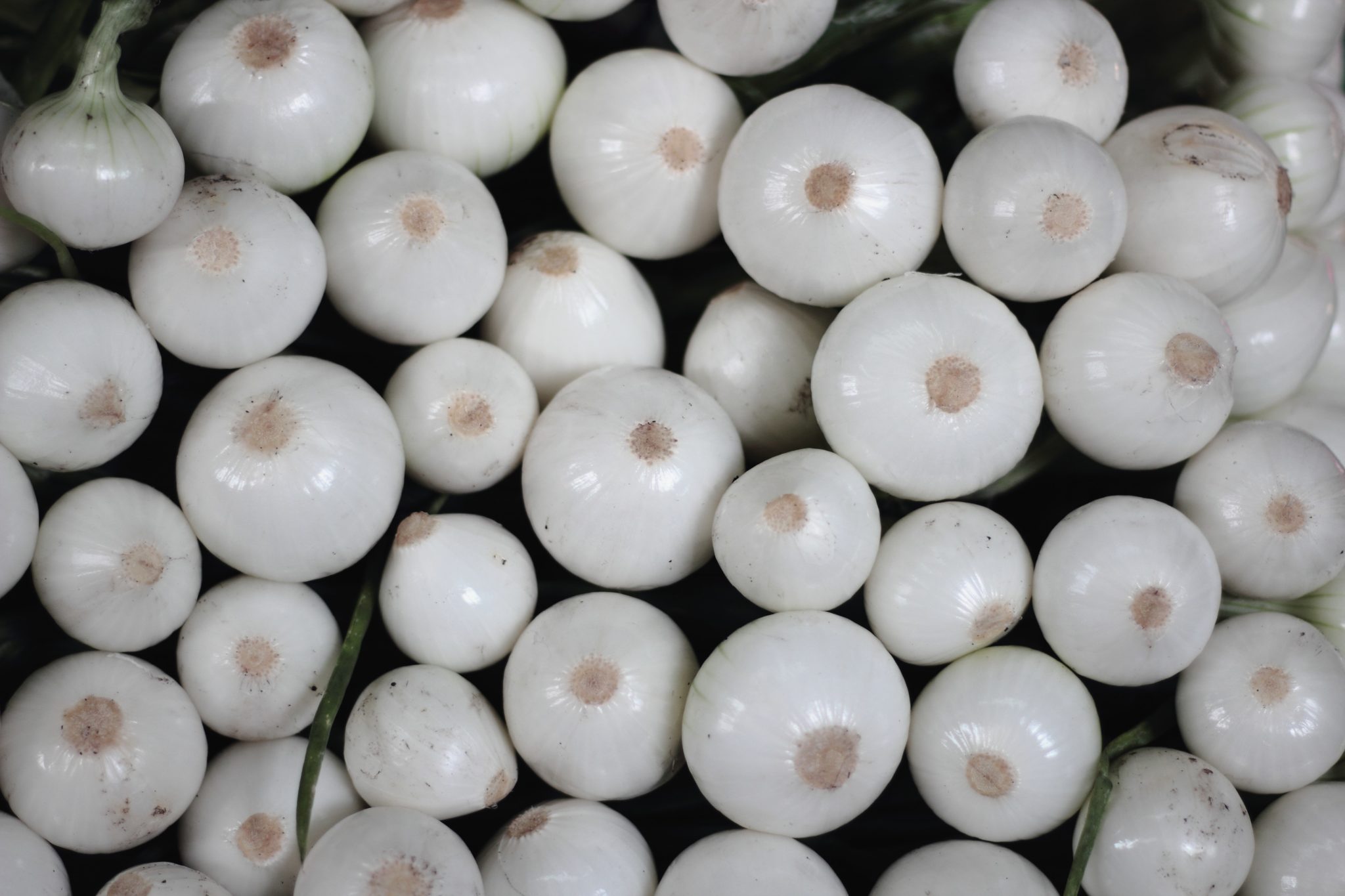
I used to get little onion bulbs at the feed store and use those. You can also get pearl onions from the grocery store and plant those. The cost will vary depending on where you get them but they are usually sold by the pound and they do very well. Getting them at the grocery store is an option when you cannot find them at farm and feed stores.
Feeding Onions
Onions are easy to grow but they do benefit from some fertilizer too. The video below from Dixondale Onion Farms offers some advice on a good fertilizer schedule for your onions. Sure they will grow some without fertilizer but if you want big beautiful onions, you are going to want to fertilize regularly.
Links For More Info On Onions
I recommend Dixondale Onion Farm for growing information and for ordering bunches of starts. The shipping is included in their price and you get discounts based on how many you buy. I got 240 onions starts for under $22.
If you have friends that want to plant onions too or you are a member of a community garden club, you may just want to buy a 30 bunch case and split it up. That gives you 1500-2000 onion starts for just $105 so a group of gardeners could save a bit by getting a full case.
I shared a few Youtube videos in this post that are helpful but there are so many more out there. Youtube is an excellent place to find gardening advice and you can even sometimes find it that is very specific to your area.
The Old Farmer’s Almanac has an excellent online onion growing guide too.
Be sure to check out your local farm extension office or any master gardening programs online. There is a wealth of information out there.
What type of onions do you like to grow? Any tips for getting good results? Do you have a company or farm that you like to get your starts from? Please share in the comments below.
